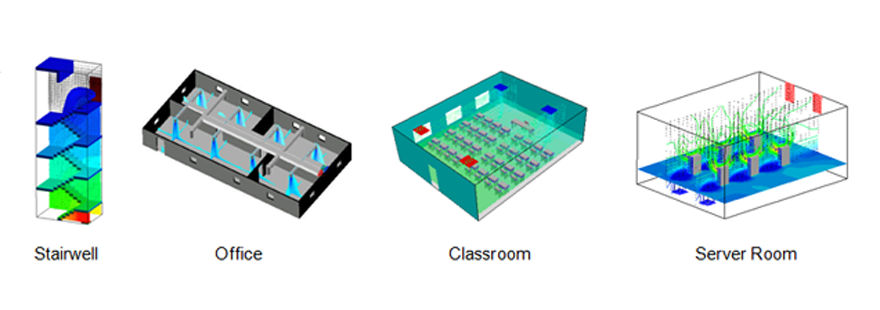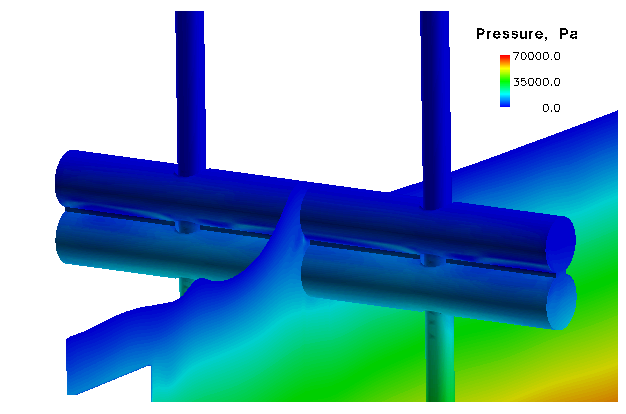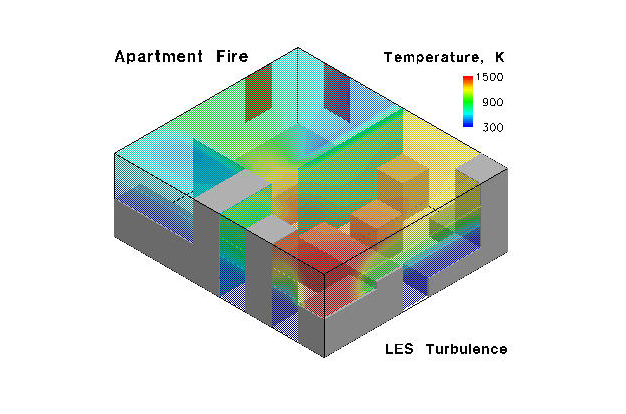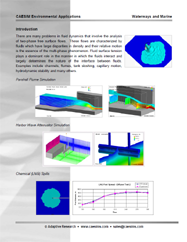A D V A N C E D C O M P U T E R - A I D E D E N G I N E E R I N G S O L U T I O N S
H A V E a Q U E S T I O N ?
I N F O R M A T I O N R E Q U E S T
Fill out the following form to request additional information on the capabilities of CAESIM
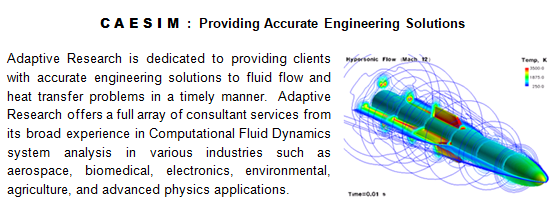
E X P L O R E U N L I M I T E D S I M U L A T I O N P O S S I B I L I T I E S !
C O M P U T E R - A I D E D E N G I N E E R I N G S I M U L A T IO N P L A T F O R M
F L U I D F L O W, H E A T T R A N S F E R, A N D M U L T I - P H Y S I C S
Environmental Engineering
CFD simulation techniques have proven to be important for the optimization of ventilation systems in buildings and tunnel systems to guaranty people’s safety in case of smoke and toxin propagation. CFD simulations also are utilized in predicting pollutant dispersion and propagation from combustion sources. CFD dispersion simulations successfully and accurately predict concentration of toxins in urban settings under various topologic and atmospheric conditions.
CAESIM simulations provide details of the distributed climate for indoor farming, allowing for optimal overall facility design and performance. A unique proprietary method had been developed that can be applied to many types of produce crops (e.g., basil, arugula, tomato plants, etc). In addtion, this simulation capability can be utilized for plant growth facilities of varying levels of complexity and size.
Environmental Applications
Dispersion Flows
Among the wide range of possible applications in environmental engineering, CFD can play a significant role in the detection of pollutants and smoke propagation from fires. For example, CFD simulations have been used to predict concentration of toxins in urban settings under various topologic and atmospheric conditions. Similarly, numerical techniques have proven to be crucial for the optimization of ventilation systems in buildings or tunnels to guaranty people’s safety in case of fire and smoke propagation.
Smoke and Pollution
CAESIM can be used to perform detailed flow analysis include flow in urban settings or buildings. Accurate knowledge of flow structures and concentrations is often critical when predicting the dispersion of smoke and pollutants in atmospheric or ambient air conditions.

Environmental Spills
Sandia National Laboratory conducted a large scale experiment to examine transient LNG pool spreading behavior on water, and within LNG ship vessels and containers. Transient CFD simulations were compared to experimental data, with the results comparing well.
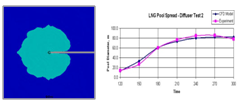
Environmental Simulations
Additional Information
© 2024 Adaptive Research. All rights reserved.





